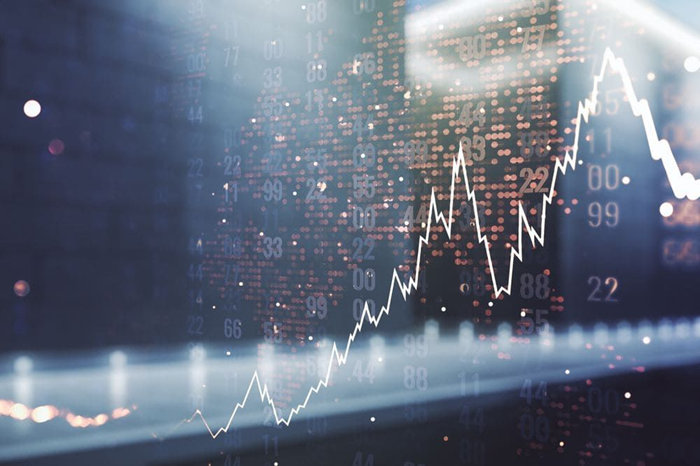By the end of 2024, a recession will inevitably begin in the United States, according to Alexey Golubovich, Chairman of the Board of Directors of Arbat Capital, and Alexander Orlov, Managing Director of Arbat Capital. But how long it will last and which other countries it will affect largely depends on the pace of the Chinese economy’s slowdown
In August 2023, with high volatility in financial markets, rising real interest rates, and no clear signs of a decline in inflation around the world, the question began to be heard more often: “Will there be a recession in the United States?” Undoubtedly, this worries not so much governments, who are always ready to explain the decline in GDP solely by external circumstances, as investors who are either “scared” or “tired of waiting.”
Should we exit all types of securities or is there still a chance to make money? Should we increase short positions or will the Fed be able to reverse the decline in indices again? Will US Treasury bonds again become the most reliable instrument for preserving capital? The answers to these questions in the coming months depend on the success of the Fed’s actions, and in the long term for a year or more, on the situation in the global economy.
At the same time, the speech of the Federal Reserve Chairman Jerome Powell at the conference in Jackson Hole on August 25 did not give the market any certainty in understanding the timing of a possible change in the interest rate policy. And this can be considered natural, since neither the inflation data nor the situation with the US national debt allow us to come to an objective conclusion that it is time to stop raising rates. It is possible that the US authorities would like to reduce rates due to the growing cost of servicing the national debt – in 2023, it reached $2 billion per day against $1 billion at the start of the pandemic.

